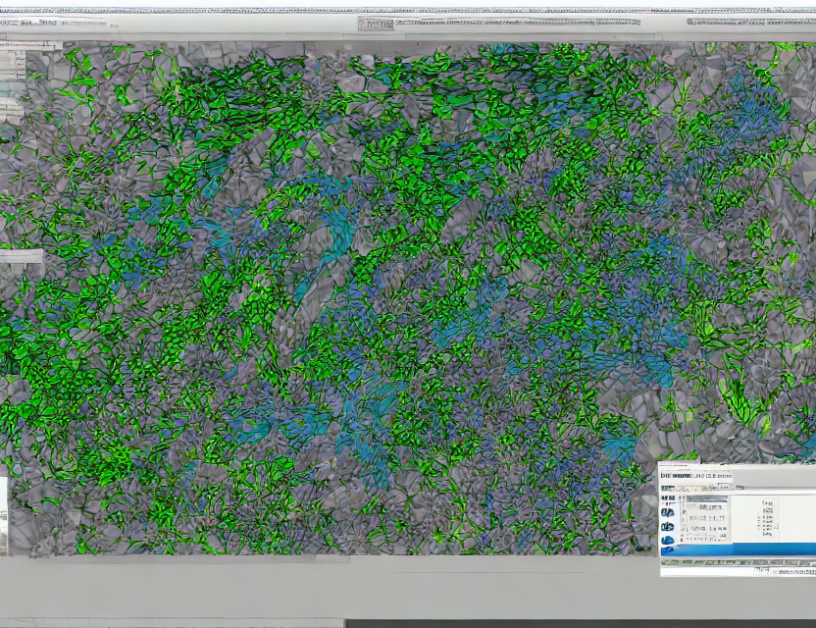- The DOE E3SM (Energy Exascale Earth System Model) is a new model developed by the US Department of Energy to study the Earth’s climate system.
- The model includes a wide range of processes, including atmospheric and oceanic circulation, sea ice and land surface interactions, and the carbon cycle.
- Version 2 of the model represents an significant update from previous versions, with improvements to its physical representation and evaluation.
Physical Model Overview
- The E3SM model is based on the Community Earth System Model (CESM) framework, but includes several key updates and enhancements.
- The model includes a new atmosphere component that improves the representation of atmospheric processes, such as clouds and precipitation.
- The ocean component has also been updated to better represent ocean circulation and mixing processes.
Initial Model Evaluation
- The authors evaluated the performance of the E3SM model against observational data for temperature, precipitation, and other climate variables.
- They found that the model generally performed well, but identified several areas where improvements could be made to better represent certain climate phenomena.
Sobol Sensitivity Analysis
- The authors used a sensitivity analysis technique called Sobol to examine how different components of the model contribute to its overall performance.
- This allowed them to identify which model parameters have the greatest impact on the accuracy of the simulations.
Multi-Objective Parameter Optimization
- The authors used an optimization algorithm to optimize the model parameters for a multi-objective goal, such as minimizing the error in temperature and precipitation simulations while also reducing the computational cost of the model.
- This allowed them to identify a set of optimal parameter values that balance accuracy and efficiency.
Machine Learning-Based Emulators
- The authors used machine learning techniques to create emulators for the E3SM model, which can be used to make predictions without running the full model.
- These emulators were developed using Gaussian Processes (GPR) and were trained on a set of high-resolution simulations from the original model.
Conclusion
- The DOE E3SM Version 2 model represents an important step forward in the development of climate models, with improved physical representation and evaluation.
- The authors demonstrated the potential of machine learning-based emulators to improve the efficiency and accuracy of climate predictions.
Overall, this article provides a detailed overview of the E3SM model and its development process, highlighting the key updates and improvements made in Version 2. It also demonstrates the potential of Sobol sensitivity analysis and multi-objective parameter optimization for improving the performance of the model.



